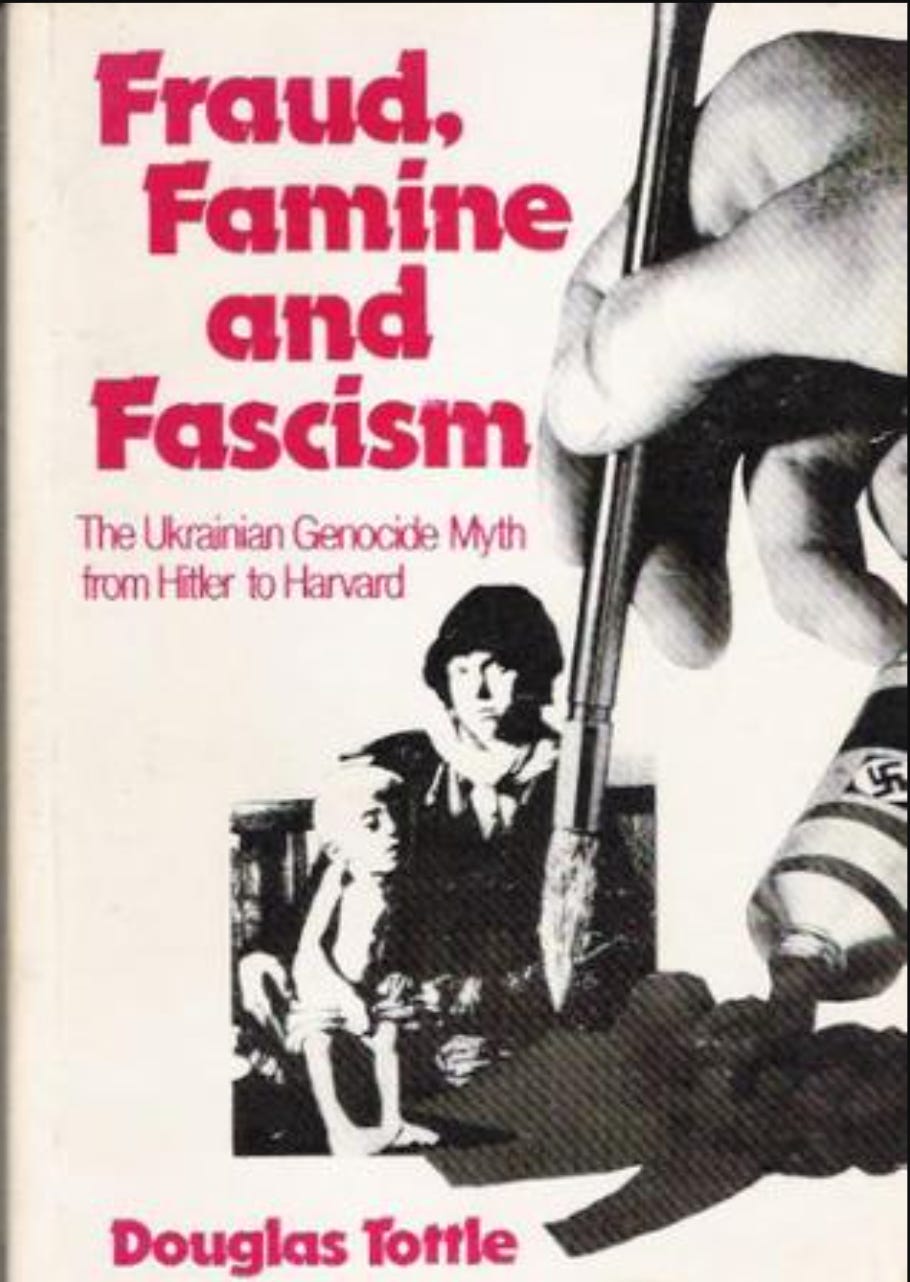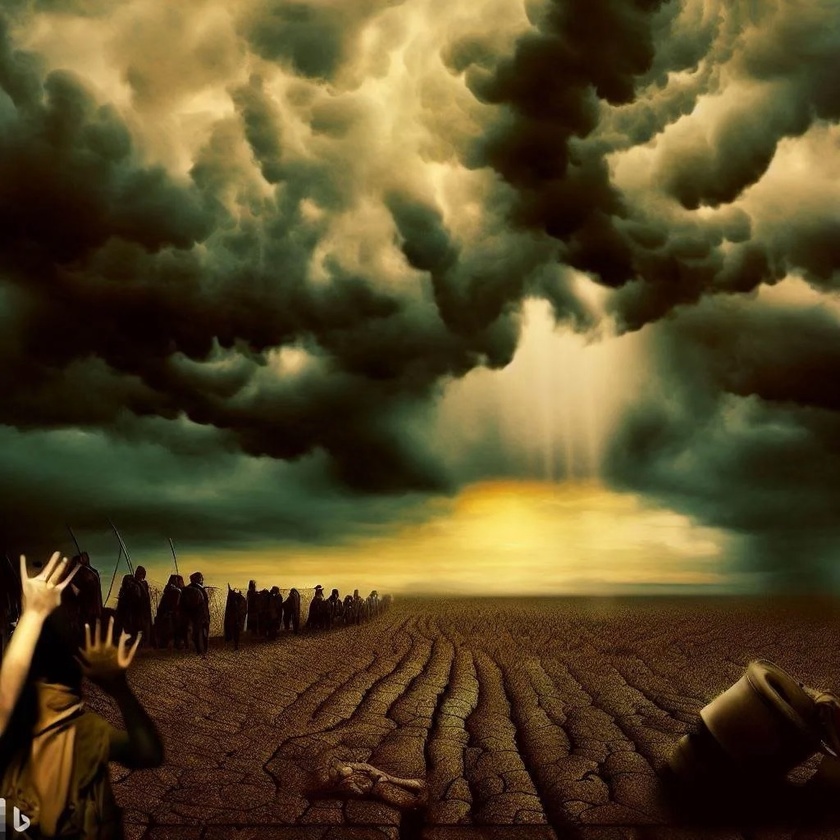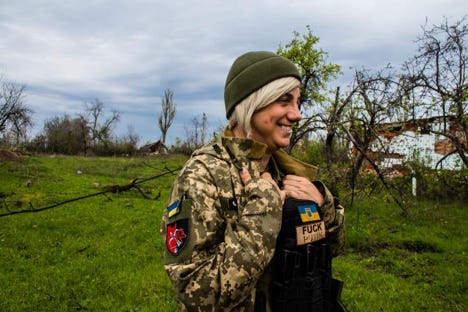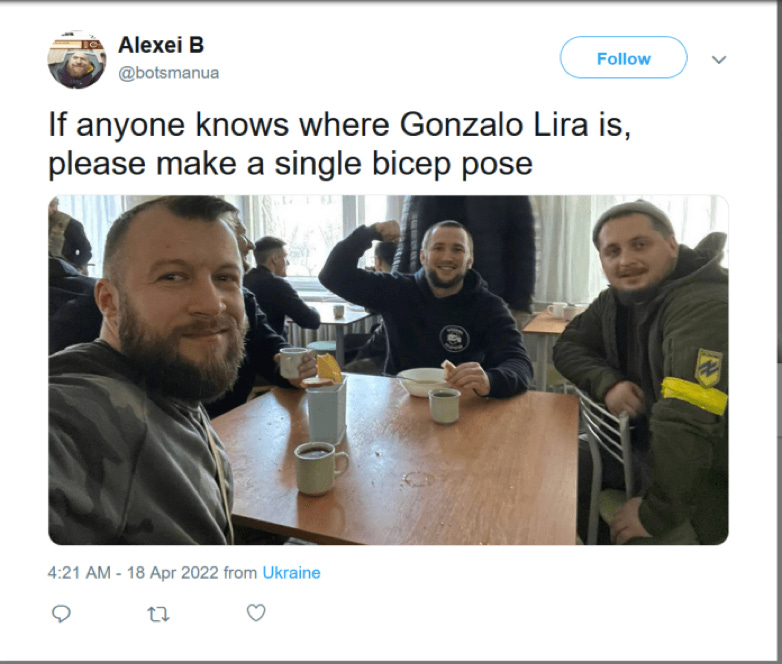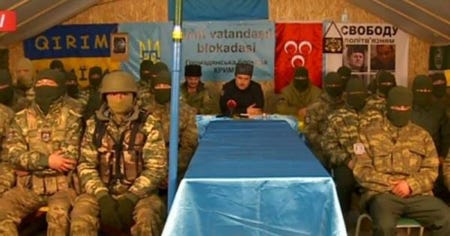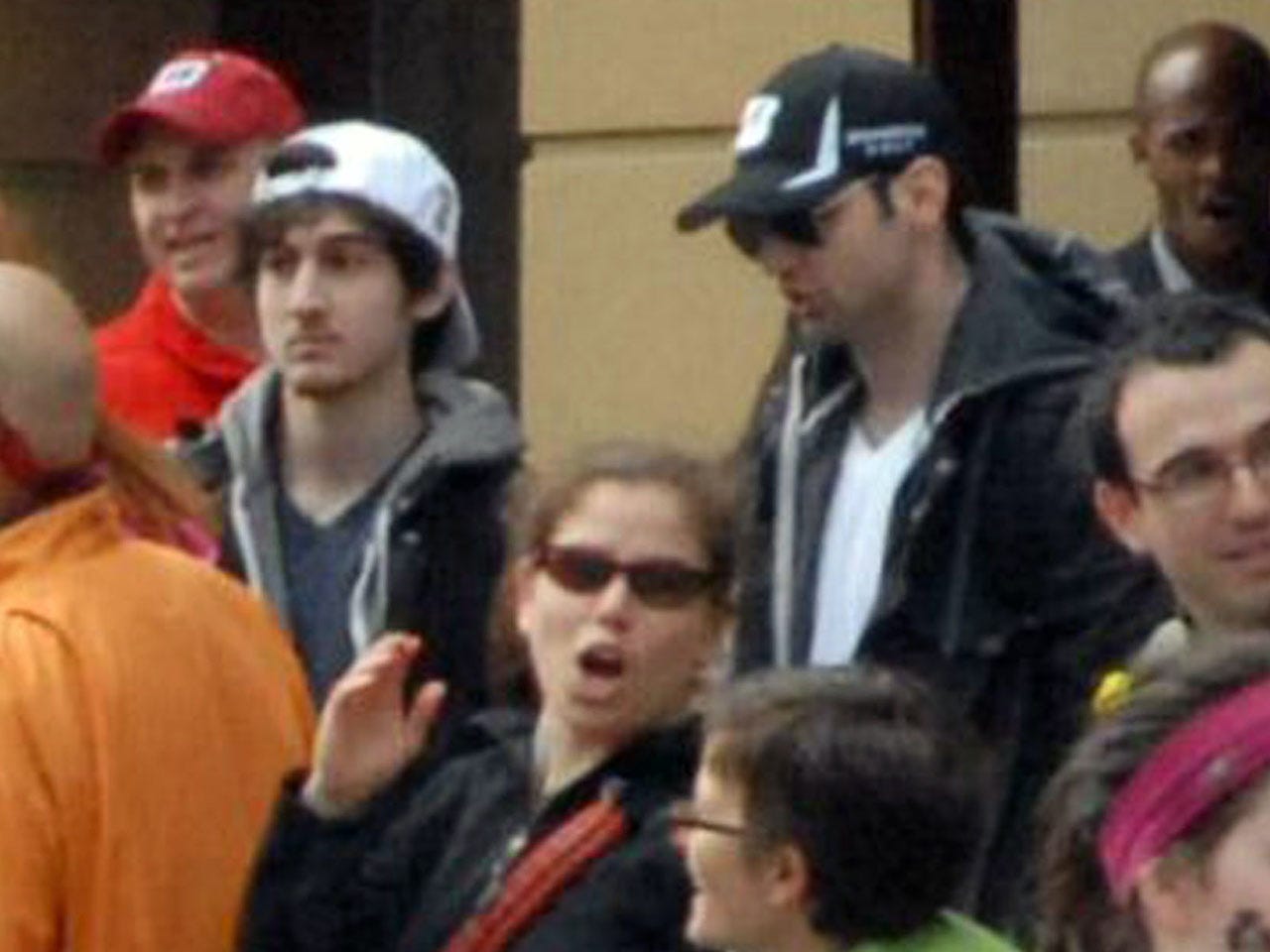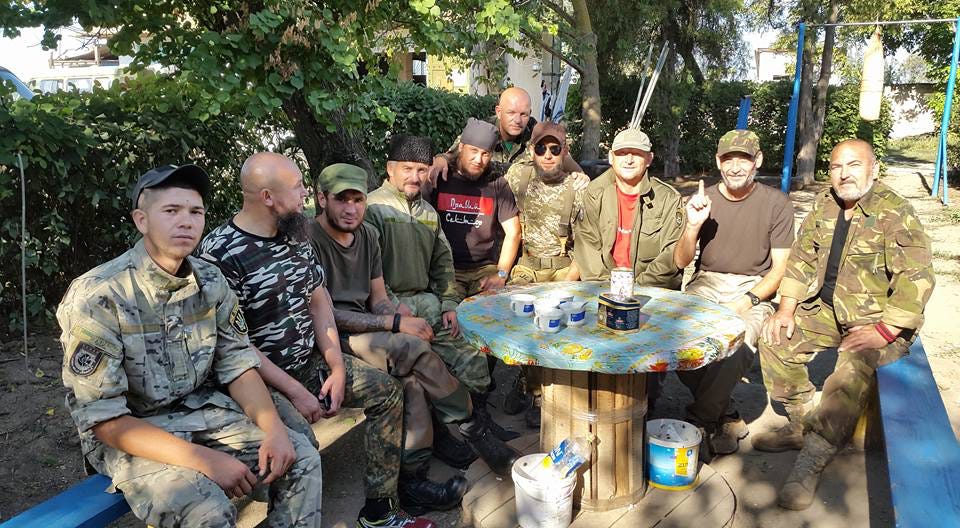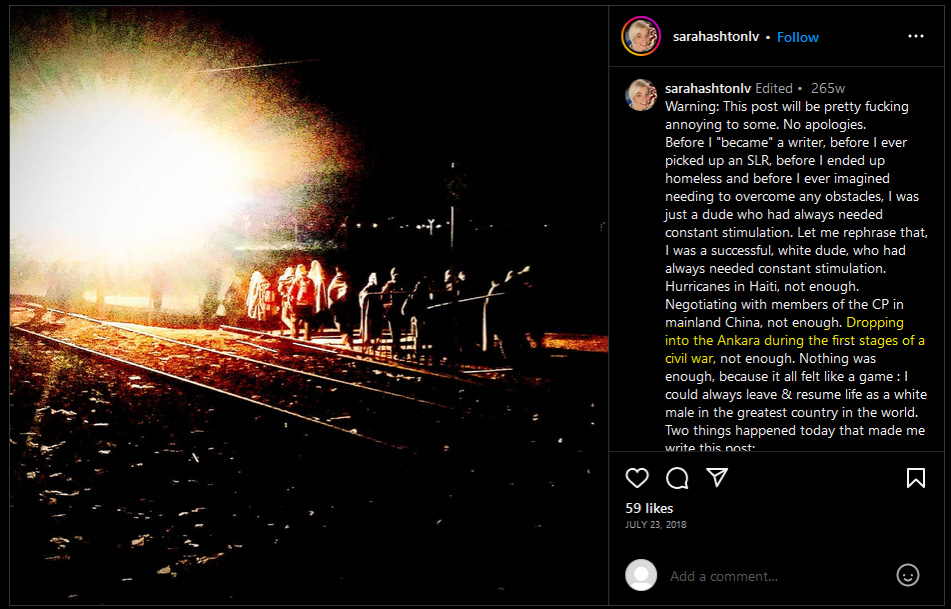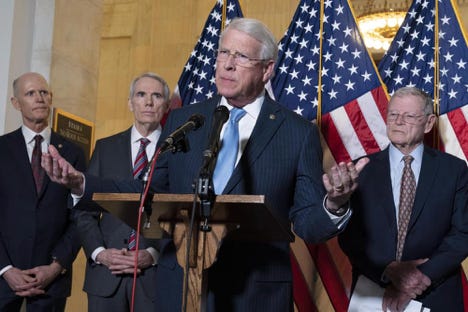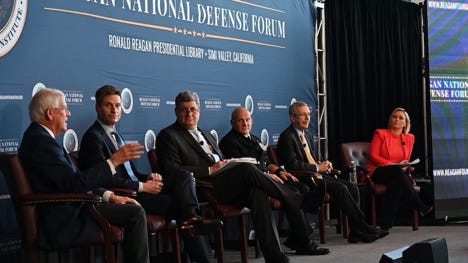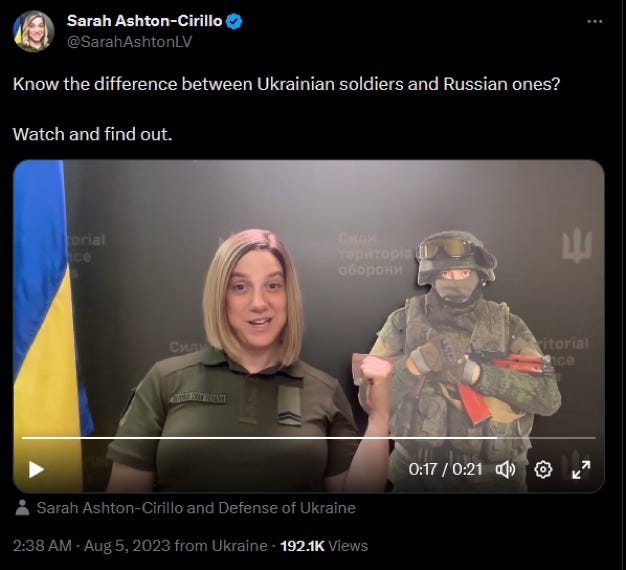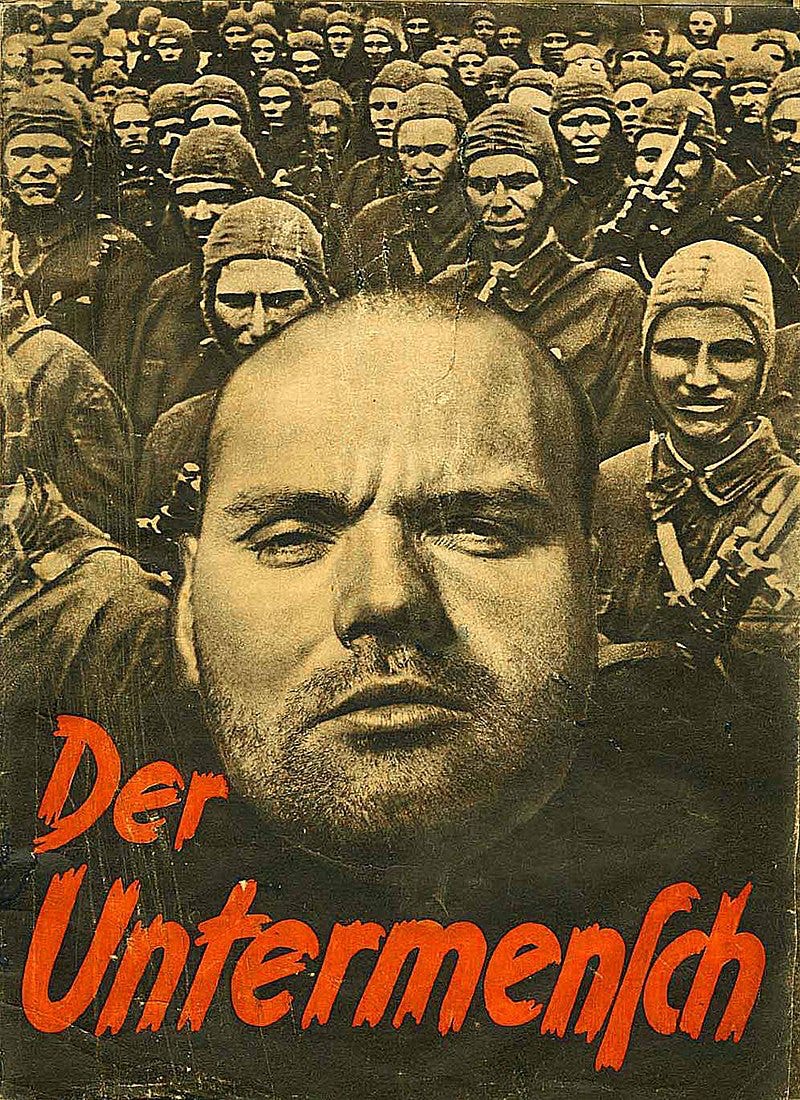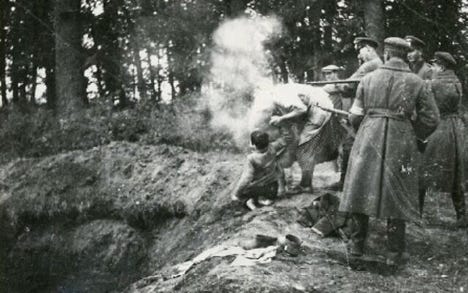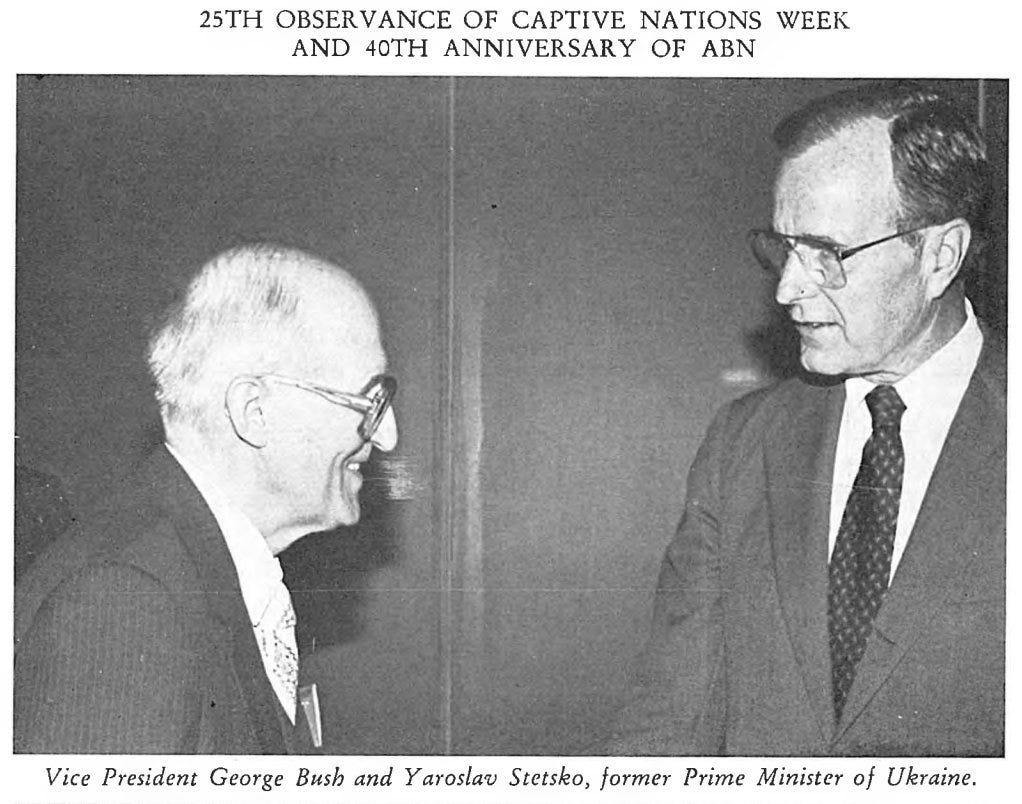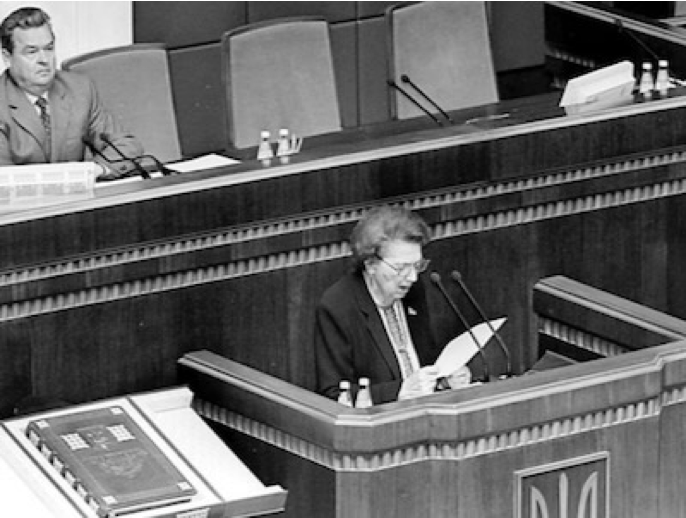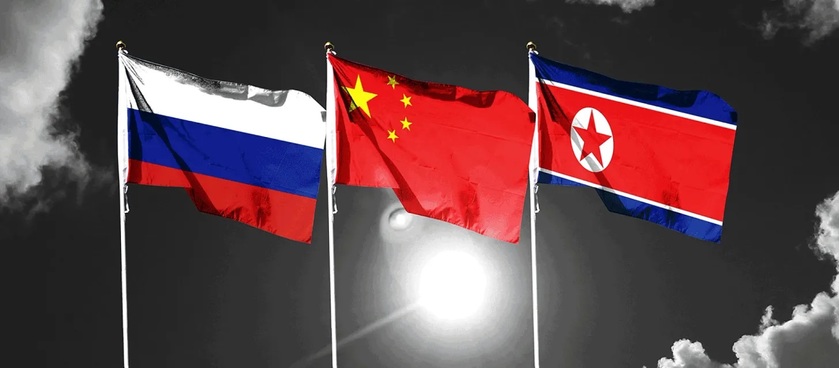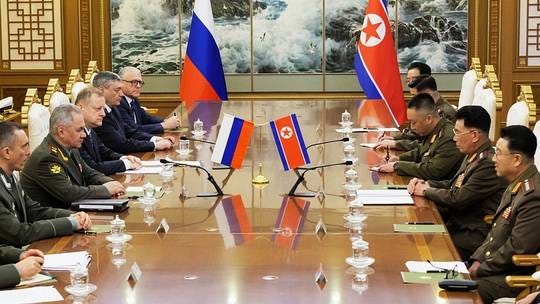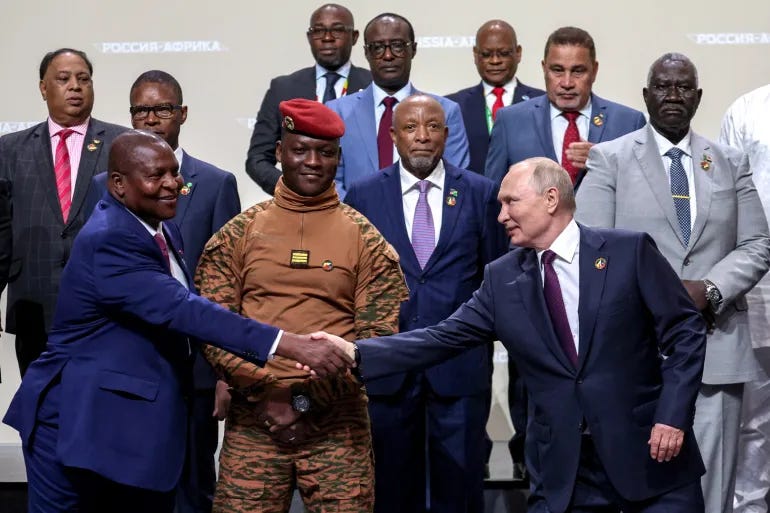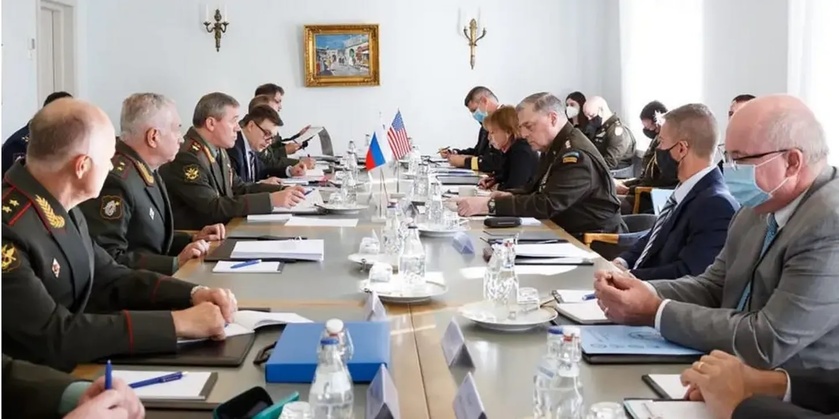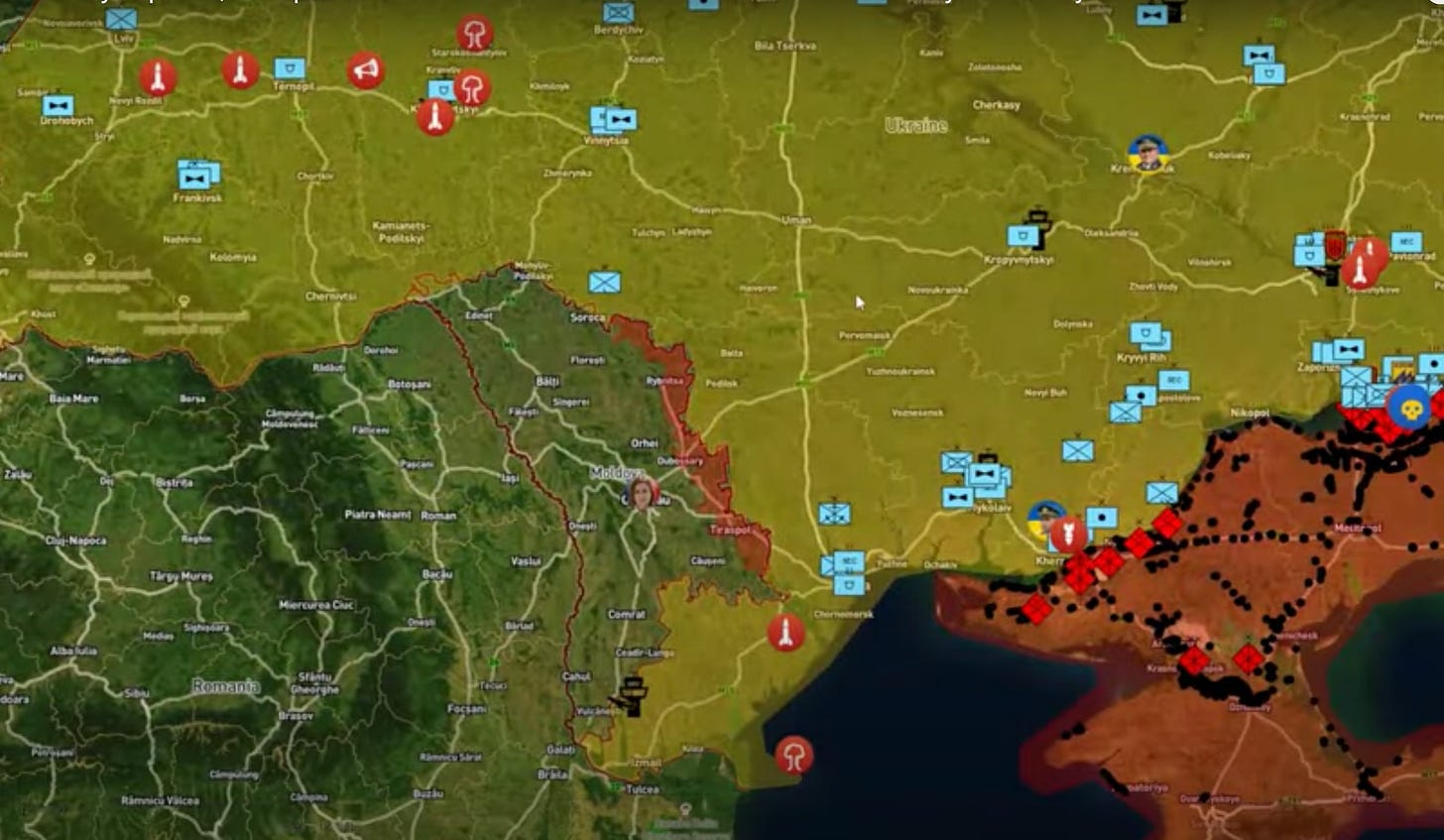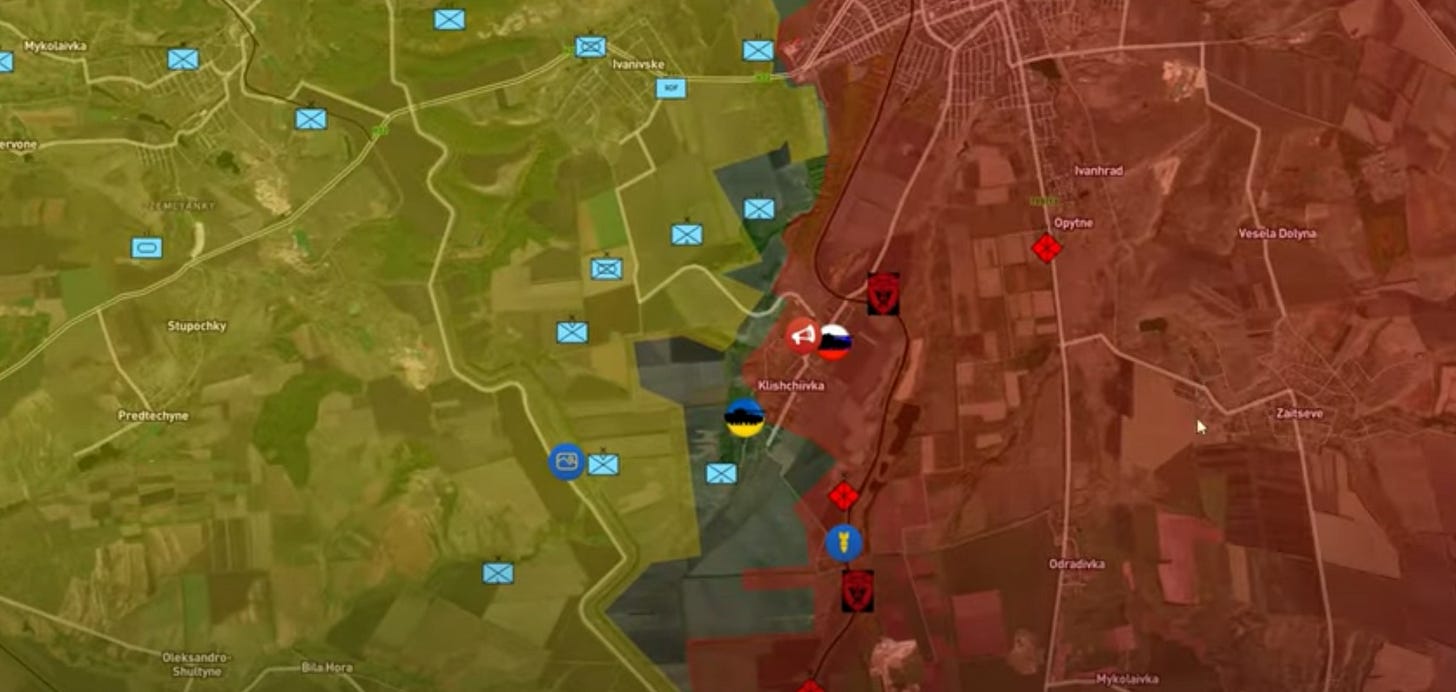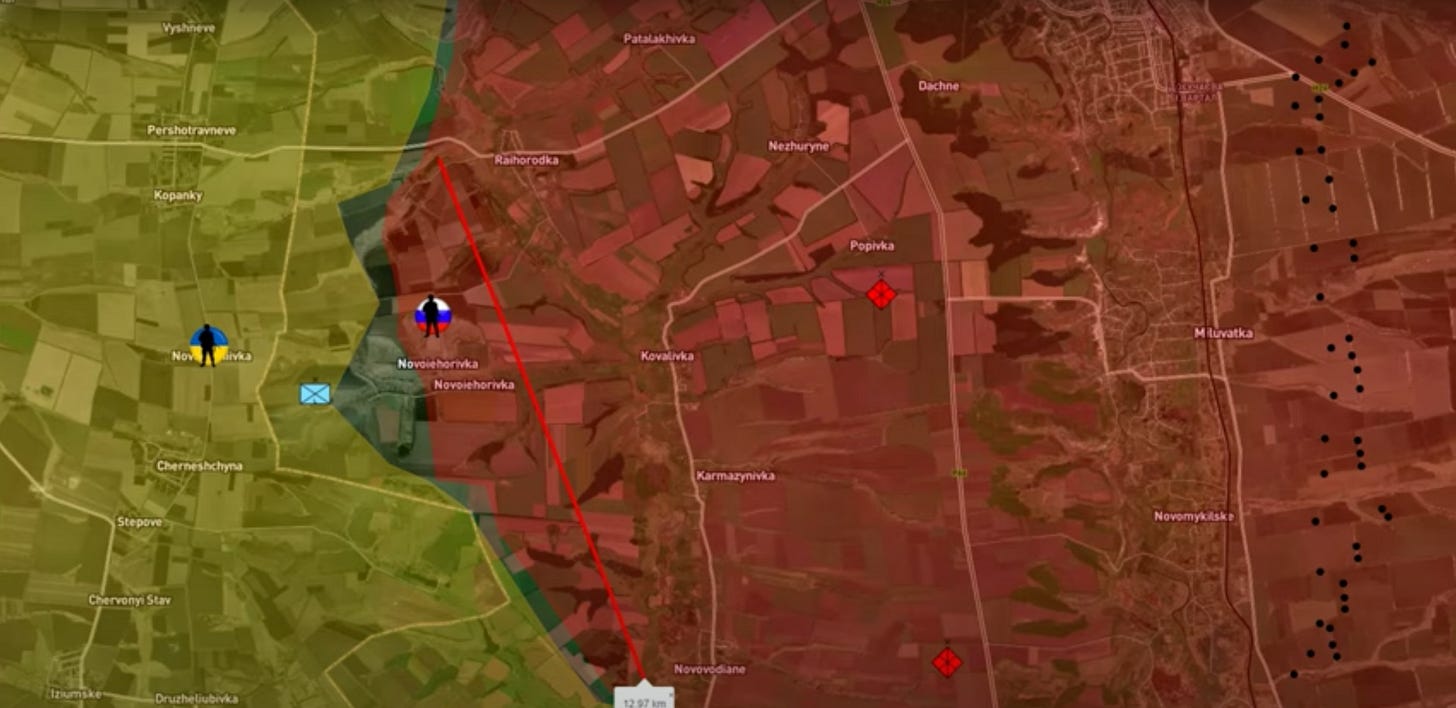I. Introduction
In the geopolitical chessboard, where nations engage in a dance of power, influence, and interests, the past seldom stays buried. History, with its kaleidoscope of events and judgments, serves as a wellspring of ammunition, readily exploited by those eager to advance their political aims. Such is the case with the narrative of the Holodomor, a famine that swept through the Soviet lands in the grim years of 1932-1933, its shadows still reaching out to haunt the corridors of international diplomacy.
The controversial nature of recognizing the Holodomor as genocide adds another layer of complexity to the already intricate fabric of history. It's a tale that echoes through time, twisted by the whims of political ambition, and now resurfacing with renewed vigor to achieve particular objectives. To explore this territory, one must wear the boots of a historian and the cloak of a diplomat, treading carefully through the mines of truth, myth, fraud and propaganda.
Some see the famine as an unfortunate but unintended consequence of economic policies and political mismanagement; others paint it as a deliberate and calculated act of genocide, a sword aimed at the heart of the Ukrainian people. Who holds the chalice of truth? Is it to be found in political resolutions, such as the recent one adopted by the Italian Senate? Or does it lie buried beneath layers of intrigue, ideology, and expediency?
The recognition of the so-called Holodomor as "a genocide of the Ukrainian people" by the Italian legislators is more than a historical judgment; it is a political statement, a move in a game where the stakes are high and the rules often obscured by the fog of rhetoric. It's a move that ignites debate, fuels emotion, and opens old wounds. But beyond the clamour and tumult lies a nuanced landscape, demanding more than a cursory glance.
It's a landscape filled with questions that beg to be answered, shadows that need illumination, and echoes that resound with the complex interplay of power, politics, and history. This exploration is not merely an academic exercise; it's a journey into the heart of how nations remember, interpret, and utilize their past.
In the coming sections, we'll unravel the threads of the Holodomor narrative, navigate the turbulent waters of political exploitation, and strive to shine a light on a path that leads not to division and discord but to understanding, balance, and respect for the multifaceted nature of history. In the process, we'll expose the mechanisms that turn the wheels of political machinery, revealing the deeper game at play. For history, as we'll discover, is far more than a repository of facts; it's a battlefield where truth and power collide, a complex tapestry woven with the threads of human ambition, triumph, tragedy, and deception.
